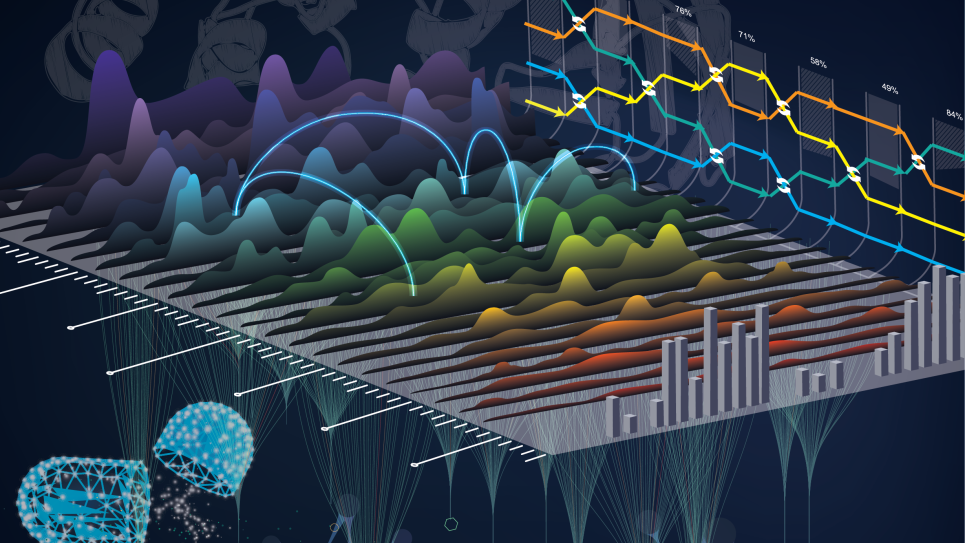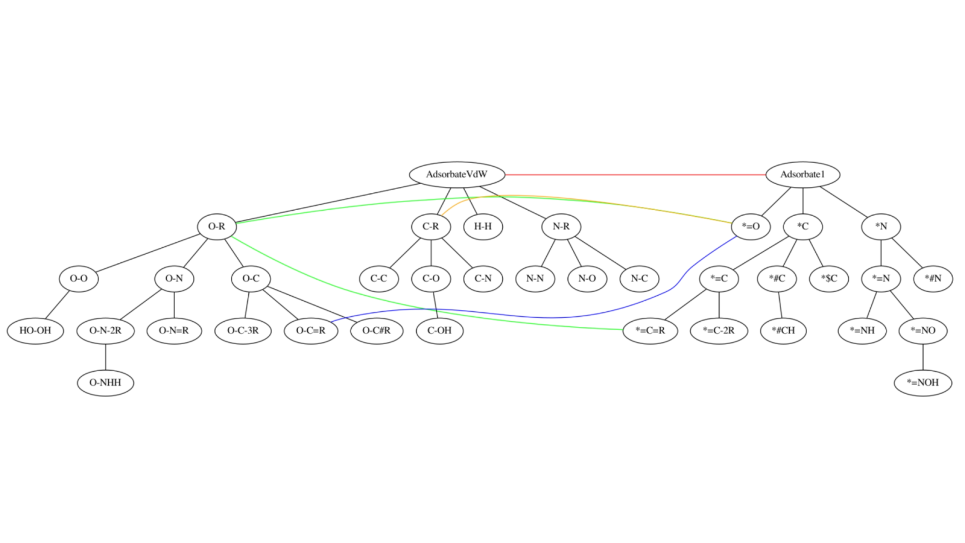The Sun radiates ~200,000 TW of power onto the Earth; about 1,000 times the yearly global power demand. Because of this bounty, technology that converts solar energy into a usable energy (e.g., electricity) stands out among renewable energy technologies. Solar cell technology is one such technology and takes energy irradiated from the sun and converts it into usable electrical energy. At the heart of solar cell technology is light-matter interactions; light irradiated from the sun interacts with matter to excite electrons. The excited electrons can then enter conduction bands, move in a current, and create electricity. The physics of light-matter interactions determine how efficient light energy can be converted into electrical energy, with current theory limiting the efficiency to 33%. However, a theory of ‘hot-carrier solar cells’ predicts that under special non-equilibrium circumstances, efficiencies of up to 66% could be achieved. Realizing 66% efficiencies could drastically push solar cell technology forward, yet in spite of its theoretical feasibility, experimental implementation is still in its infancy. This project supports development of a computational paradigm based on vibrationally resolved electron transfer theory to guide the experimental implementation and optimization of the emerging hot-carrier solar cells. In addition, this framework will be implemented into a highly parallel open-source molecular simulation package that is freely available to the scientific community for research and education. Outcomes of this project will advance our understanding of light-matter interactions in photovoltaics and could provide key insights to realizing next generation solar cell technology.


